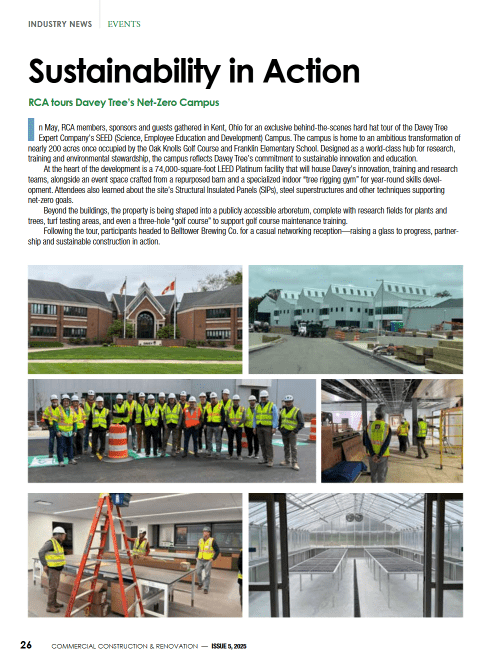Underwater exploration has always captured the human imagination, offering a glimpse into the mysterious and uncharted depths of the oceans. As society pushes further into this frontier, the challenges of building structures that can withstand extreme underwater conditions become increasingly complex.
Let’s delve into the engineering marvels and construction intricacies required to make underwater exploration possible.
Designing for Extreme Pressure
The deeper underwater a structure goes, the greater the pressure it must endure. For every 10 metres of depth, pressure increases by approximately one atmosphere. This relentless force can crush inadequately designed materials.
Engineers must carefully select robust materials, such as high-strength steel, titanium, or specialised composites, to withstand these immense pressures.
Pressure-resistant designs often include spherical or cylindrical shapes, as these evenly distribute stress and minimise weak points. The design of the DEEP Sentinel subsea habitat, for example, utilises engineering and materials to allow humans to live and work underwater for extended periods, furthering oceanic research.
Maintaining Structural Integrity
Beyond pressure, underwater structures must also contend with corrosion caused by saltwater. Salt is highly corrosive and can weaken materials over time, threatening the longevity of underwater installations.
Anti-corrosion measures, including coatings, sacrificial anodes, and corrosion-resistant alloys, are essential in preserving the structural integrity of these facilities.
Additionally, underwater structures must be built to endure the dynamic forces of ocean currents, waves, and potential impacts from marine debris or wildlife.
Anchoring systems, hydrodynamic shapes, and shock-absorbing designs are vital for ensuring stability in such an unpredictable environment.
Overcoming Construction Challenges
Building underwater presents logistical challenges unlike any other form of construction. Traditional methods such as welding and assembly must be adapted for underwater conditions.
Specialised tools and remotely operated vehicles (ROVs) are often employed to ensure precision during the assembly process.
Robotics and advanced machinery are critical in deep-sea environments, where divers cannot operate for extended periods. Prefabrication is another common approach: components are manufactured on land and then transported to the site for assembly.
This method reduces the risks associated with underwater work and improves overall efficiency.
Supporting Life Underwater
Creating structures for human habitation underwater, such as research habitats, requires careful consideration of life-support systems. These systems must regulate air pressure, provide oxygen, and manage carbon dioxide levels.
Waterproofing is critical to prevent leaks that could compromise safety. Modern systems often use advanced sealing technology and redundant barriers to minimise the risk of failure.
Engineers also incorporate emergency escape plans into their designs, ensuring that researchers can evacuate quickly in case of equipment failure.
A Step Towards the Future
The future of underwater exploration lies in innovative construction techniques and technologies. Projects like underwater habitats, subsea mining facilities, and even potential underwater cities push the boundaries of what’s possible.
Advanced materials, automation, and data-driven designs are transforming underwater engineering, making these ambitious ideas increasingly feasible.
As society continues to expand the world’s understanding of the ocean, the construction intricacies required for underwater exploration will remain a cornerstone of progress.
These endeavours not only enable people to uncover the mysteries of the deep but also inspire the ingenuity required to face challenges beyond the planet.
































